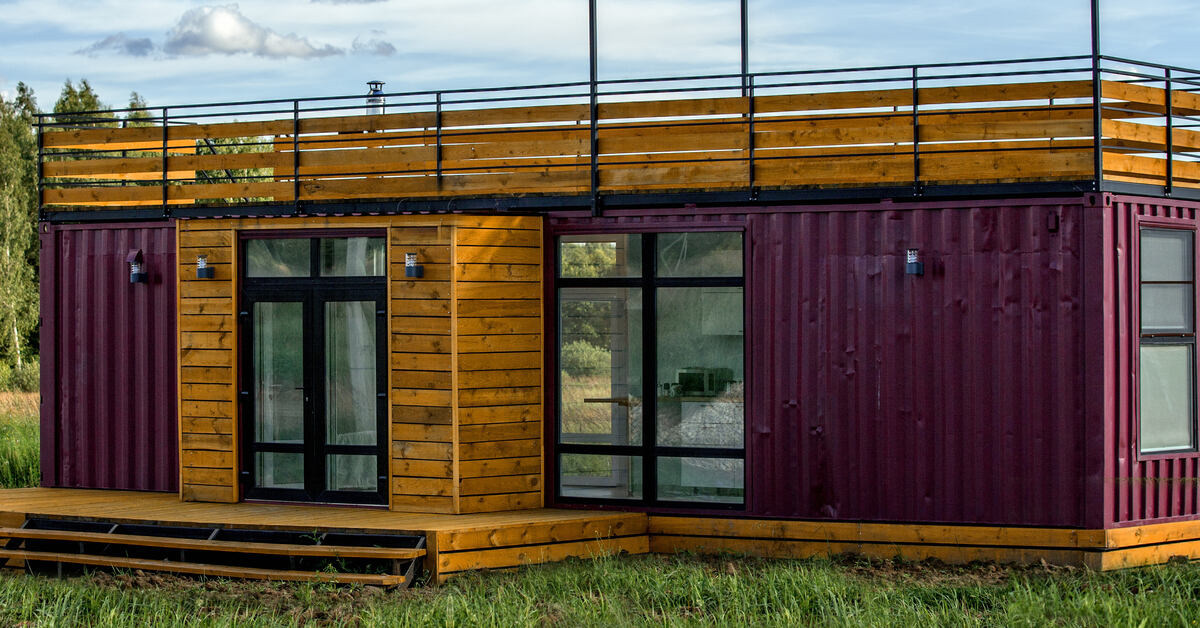Shipping container architecture is revolutionizing design with its versatility, affordability, and sustainability. Whether you’re crafting eco-friendly homes, modular office spaces, or cutting-edge retail environments, shipping containers offer immense potential for creativity. Here’s what you need to know when building with shipping containers to ensure your project is successful.
Understanding the Basics: Choosing the Right Container
The first step is selecting the right container. Standard containers come in lengths of 20 or 40 feet, with high-cube options providing extra ceiling height. Inspect the containers thoroughly for rust, dents, or chemical damage. Architects should consider the end-use of the building when deciding between new or used containers. While used containers are cost-effective, new ones are often essential for projects demanding precision.
Legal and Regulatory Considerations for Container Construction
Obtaining the necessary permits is critical when working with shipping containers. Regulations differ widely across regions, so research local zoning laws, building codes, and land use restrictions before you design. For instance, some areas may cap the height or layout of container structures.
It’s also important to collaborate early with city officials and incorporate required certifications or fire safety features into your plans. A proactive approach saves time and avoids disruptive post-construction adjustments.
The Importance of Proper Insulation and Ventilation
Because shipping container buildings are made of steel, they are susceptible to temperature fluctuations. Effective insulation and ventilation systems are vital to maintaining comfort and preventing issues like condensation.
Builders who work with shipping containers often opt for spray foam insulation for its seamless coverage and excellent thermal performance. Combine this with strategically placed windows or cooling systems for optimal airflow. A well-insulated and ventilated design ensures functional and livable spaces regardless of climate.
Innovations in Sustainable Design With Shipping Containers
Shipping containers are naturally sustainable due to their recycling potential, but you can take this further by integrating innovative eco-friendly designs. Solar panels, green roofs, and rainwater harvesting systems transform containers into fully sustainable units. Use recycled or low-impact materials to complement the modular foundation of your project. Many designers highlight these features to appeal to eco-conscious clients, proving that cutting-edge design and sustainability don’t have to be separate goals.
Maintaining Structural Integrity During Construction
Containers are strong yet carefully engineered. Cutting into the structure to make doors or windows or stacking containers affects structural integrity. Reinforce openings with steel frames, and consult structural engineers to ensure each container maintains its load-bearing capacity. Welding improperly or mismanaging weight distribution can cause dangerous weaknesses. Treat metal surfaces with anti-corrosion paints to extend the lifespan of your construction and ensure it withstands the elements.
Designing with shipping containers combines technical ingenuity with creative freedom, but it also requires careful planning. By understanding these factors when building with shipping containers, you can transform these simple steel boxes into exceptional architectural statements. Start planning your next container-built masterpiece today, and bring your boldest ideas to life!

